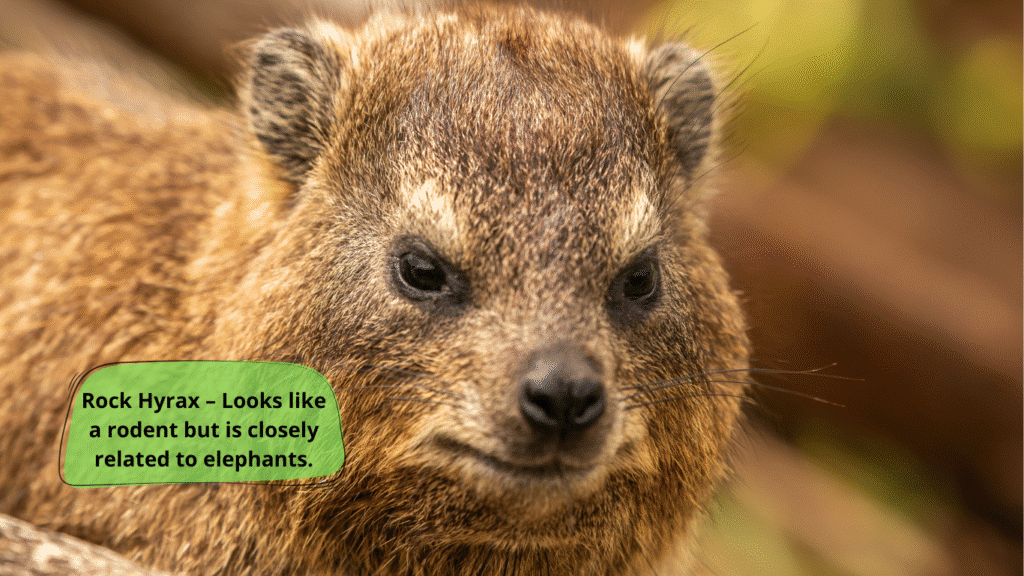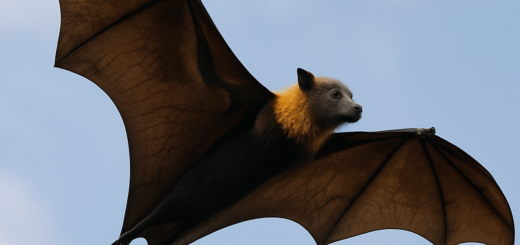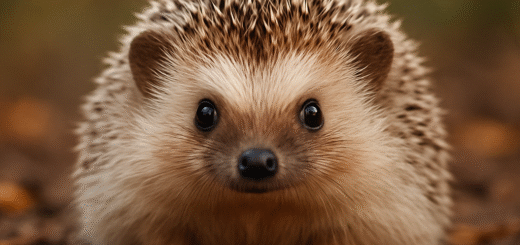The Fascinating Rock Hyrax: Nature’s Little Marvel
The Rock Hyrax (Procavia capensis), also known as the dassie, is a small, adorable mammal that might surprise many with its unique set of features and behaviors. Despite its resemblance to a rodent, the hyrax is actually more closely related to elephants and manatees. Found predominantly in Africa and parts of the Middle East, this creature thrives in rocky, mountainous regions, where it has evolved impressive survival skills.

In this article, we’ll explore the biology, habitat, behavior, and fascinating facts about the rock hyrax. Whether you’re a wildlife enthusiast, an animal lover, or simply curious about this unique animal, you’ll find plenty of insights here.
What Does a Rock Hyrax Look Like?
The rock hyrax is a small, stocky mammal with a body length of about 40–50 cm (16–20 inches) and weighing between 2.5–5 kg (5.5–11 lbs). Its fur ranges from grey to brown, helping it blend seamlessly into its rocky surroundings.
One of the most distinctive features of the hyrax is its short, rounded ears, flat feet, and small tail, which give it a somewhat quirky appearance. Their large, expressive eyes are adapted for spotting predators from a distance.
But perhaps the most striking characteristic is its teeth, which resemble those of an elephant, and it’s no coincidence. Despite their small size, hyraxes share a common ancestor with elephants, and this trait is one of the fascinating links between the two species.
Habitat and Distribution of the Rock Hyrax
The rock hyrax is native to Africa, where it can be found in a variety of habitats, including mountainous regions, rocky outcrops, and savannas. They are also found in parts of the Middle East, including Israel and Lebanon. These areas provide plenty of nooks and crannies where the hyrax can hide from predators.
Hyraxes are primarily herbivores, feeding on grasses, shrubs, and fruits. They are typically found in cliffs and rock formations where they can climb, hide, and safely watch over the landscape. Their ability to climb rocks and steep surfaces is an adaptation that allows them to evade predators and find food easily.
Social Behavior of Rock Hyraxes
One of the most endearing characteristics of rock hyraxes is their social nature. They live in groups, sometimes called colonies, ranging from a few individuals to as many as 50 hyraxes. These groups are usually led by a dominant male, who is responsible for protecting the colony.
The hyraxes are known for their loud calls, which help them communicate within the group. These calls also serve as a warning when predators, like eagles or wild cats, approach. When a threat is detected, hyraxes will seek shelter by running to the nearest rocky hideout, where they can retreat to safety.
Reproduction and Life Cycle
Rock hyraxes breed year-round, with females giving birth to a single precocial offspring after a gestation period of about 7–8 months. The young are born fully furred and are capable of moving around shortly after birth, which is vital for survival in the wild. These babies are cared for by the mother and other members of the colony until they are old enough to forage on their own.
Hyraxes are monogamous and often form long-lasting pair bonds. The males engage in courtship rituals, which involve making vocalizations and performing displays to attract females. The mother’s role in raising the young is essential, and the young are often kept close to their mother for protection during their early development stages.
Interesting Facts About Rock Hyraxes
- Elephant Connection: Despite their small size, rock hyraxes share a remarkable evolutionary connection to elephants, manatees, and sea cows. Their closest living relatives are these much larger mammals.
- Impressive Climbers: Rock hyraxes are agile climbers. Their splayed feet and thick, rubbery soles help them grip rocky surfaces, making them well-suited for life in high-altitude areas.
- Communication Skills: Hyraxes have a wide range of vocalizations that include squeaks, whistles, and growls, which they use to communicate with others in the group and warn of danger.
- Predator Awareness: The hyrax is vigilant and uses sharp eyesight and heightened hearing to detect predators from a distance. Their rocky habitat offers excellent cover, making them less susceptible to predators.
- Survival in Extreme Conditions: While not well-known for living in deserts, hyraxes can endure extreme conditions. Their ability to find shelter in caves and rocky formations allows them to survive in places where few other animals can thrive.
Conservation Status
Currently, the rock hyrax is not considered endangered, as it enjoys a relatively stable population in its natural habitat. However, some species of hyrax, particularly those living in more restricted environments or facing human encroachment, may experience localized threats. These threats include habitat loss, climate change, and poaching.
Fortunately, the rock hyrax’s ability to live in rocky, hard-to-reach areas makes it somewhat resilient to major human disturbance. However, continued monitoring and conservation efforts are needed to protect their habitats.
Conclusion: Why the Rock Hyrax is So Special
The rock hyrax is an extraordinary animal that, despite its small size, holds many wonders. From its surprising evolutionary connections to its clever survival tactics, this animal proves that even the smallest creatures can play important roles in their ecosystems.








